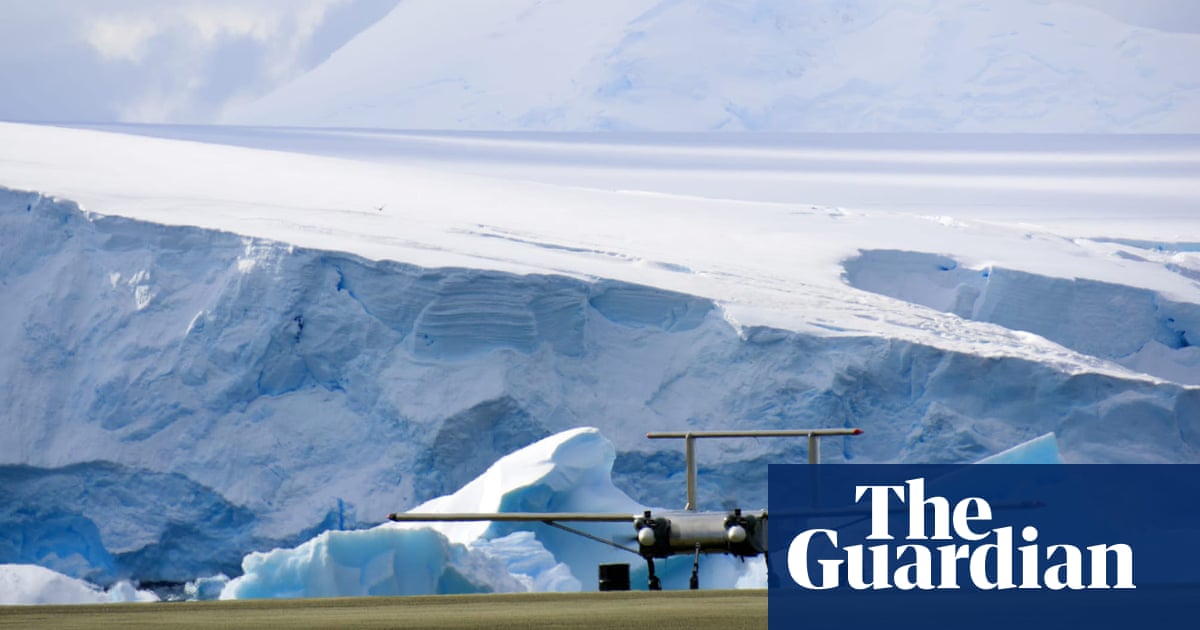Pilotless drones
Guess this is dating me, but everytime I see this I flash back to the classic rant…
Mr. Howe! Is there any other kind of drone? You, you tell me right now. Is there any other kind of drone, drone, other than a pilotless drone? Isn’t that what a drone is, an unmanned aircraft? Don’t you check these things? Don’t you supervise the subeditors who write these headlines? Don’t you do your job?!?
I was thinking the exact same thing at first, but I think the difference is:
- regular plane: requires pilot, pilot is on the craft
- drone: may have pilot, but no one is on the craft
- pilotless drone: fully automated and managed by a network. Each drone takes off and lands without intervention
Since regular drones have been around for a long time, maybe this story is newsworthy because it’s the third kind or something
This is the best summary I could come up with:
A test crew has arrived at the largest British science facility on the continent, the Rothera Research Station.
The Windracers Ultra UAV (uncrewed aerial vehicle) is a twin-engine, 10-metre aircraft that can carry up to 100kg of cargo or sensors for distances of 1,000km and does not require a human pilot to take off, fly or land as it is equipped with a sophisticated autopilot system.
Unlike piloted Twin Otter aircraft, which are costly to operate and face logistical challenges in the extreme environment, the BAS said the “groundbreaking” unmanned drones are safer and “could enable dramatic increases in flight time”.
The drones, which will also investigate tectonic structures and the way the ocean and atmosphere interact, are equipped with AI-driven Swarm technology, allowing multiple UAVs to organise themselves as a single system.
Dr Tom Jordan, a BAS geophysicist specialising in airborne data collection, said the technological developments were “really exciting”.
“Polar science urgently needs extensive new high-resolution datasets to understand the ways the Antarctic ice sheet is changing, and how this will impact communities around the world,” he added.
The original article contains 334 words, the summary contains 180 words. Saved 46%. I’m a bot and I’m open source!
For scientific research ;) ( ͡~ ͜ʖ ͡°)



